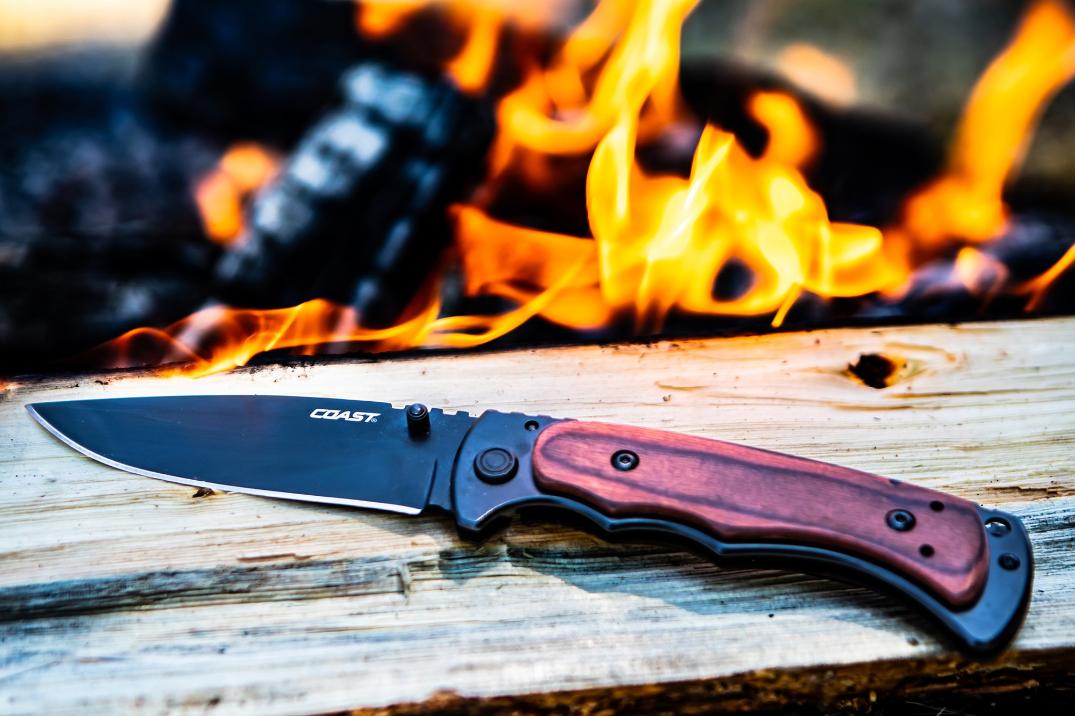In the world of culinary arts, the choice of tools can make a significant difference in the efficiency and quality of your work. Two popular blade types that often come up in discussions among kitchen professionals are the clip point and spear point blades. Understanding the differences between these two can help chefs and kitchen enthusiasts make informed decisions about their tools.
The clip point and spear point blades have distinct features that cater to different needs. Whether you're slicing, dicing, or performing delicate cuts, knowing which blade to use can enhance your culinary skills. Let's delve into the characteristics, advantages, and applications of these blade types.

Understanding Clip Point Blades
The clip point blade is characterized by its concave curve or 'clip' on the back of the blade, which gives it a sharp and controllable point. This design is particularly useful for precision tasks, making it a favorite among chefs who require accuracy in their cuts. The sharp tip is ideal for piercing and detail work, such as de-boning meat or intricate vegetable carving.
One of the advantages of the clip point is its versatility. It can handle a wide range of tasks in the kitchen, from slicing and chopping to more detailed work. The concave shape of the blade allows for excellent control, making it easier to navigate around bones and joints. For those interested in exploring more about blade mechanisms, you might find this article on manual vs assisted opening knives insightful.
Pros and Cons of Clip Point Blades
The primary advantage of the clip point blade is its sharp, controllable tip, which is perfect for detailed work. However, this sharpness can also be a disadvantage, as the pointed tip can be prone to breaking if not handled with care. Furthermore, while the concave shape offers control, it may not be as strong as other blade types for heavy-duty tasks.
Exploring Spear Point Blades
In contrast, the spear point blade is designed with a symmetrical shape, tapering to a point at the center of the blade. This design offers balance and strength, making it suitable for thrusting and cutting tasks. Kitchen professionals appreciate the spear point for its ability to perform both piercing and slicing actions efficiently.
The double-edged nature of the spear point blade provides a robust cutting experience, which is particularly advantageous when dealing with tougher materials. Its balanced design also makes it a reliable choice for chefs who require a multi-functional tool in the kitchen. To learn more about knife blade shapes, you can visit this comprehensive guide on pocket knife blade shapes.
Pros and Cons of Spear Point Blades
The spear point blade's main strength lies in its balance and durability. It can handle a variety of tasks without compromising on performance. However, the lack of a sharp tip like the clip point means it might not be as effective for precision tasks that require intricate detail work. Its robust design also means it may be slightly heavier to handle, which could be a consideration for prolonged use.
Choosing the Right Blade for Your Kitchen
When deciding between a clip point and spear point blade, consider the tasks you frequently perform in the kitchen. If your work involves a lot of precision and detail, the clip point may be your best bet. On the other hand, if you need a versatile tool that can handle a range of tasks, including those requiring strength and durability, the spear point might be more suitable.
It's also essential to consider the blade material, handle comfort, and overall design of the knife. A well-balanced knife with a good grip can significantly impact your efficiency and safety in the kitchen. For more on knife safety, check out the article on how to open a folding knife safely.

FAQs
What is the main difference between clip point and spear point blades?
The main difference lies in the blade shape and its intended use. Clip point blades have a concave curve for precision, whereas spear point blades feature a symmetrical design for balanced cutting.
Which blade is better for kitchen use?
It depends on your needs. For precision tasks, a clip point might be better. For versatility and strength, a spear point could be more appropriate.
Are there specific tasks each blade excels at?
Yes, clip point blades excel at detailed work and precision cuts, while spear point blades are better suited for balanced cutting and thrusting tasks.
This article contains affiliate links. We may earn a commission at no extra cost to you.


























